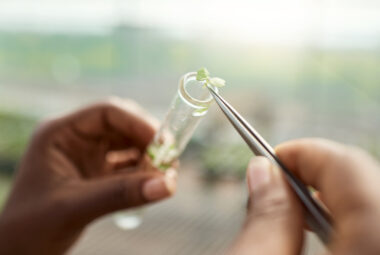Sweetness and Lite
The news is full of criticism for convenience food and drinks containing too much sugar or an equally undesirable mixture of E numbers and additives in the “light” and “diet” offerings. In response, confectionery and soft drink manufacturers are looking at alternatives to meet the increasing consumer demand for healthier products without sacrificing taste. Many soft drinks manufacturers have been experimenting with stevia for example but this has not generally performed well in consumer testing given to a prominent after taste. In 2013, Sprite famously suffered a 20% slump in volume sales following the reformulation to introduce stevia (Source: The Grocer 28 February 2015). Similarly fruit juices – offered by parents as an alternative to a classic sugary drink – have also been hitting the headlines, due to the high fructose and natural sugar content, and so are also seen as out of vogue.
It’s clear that product innovation is going to be vital for FMCG companies to survive the pressure to reduce sugar content and yet preserve the original flavour experience. The need to innovate has already lead to a host of weird and wonderful flavour concoctions; coconut water is perceived to be one of the fastest growing sectors in the soft drinks market and is becoming more mainstream. Alternatively, some soft drinks are being promoted due to functional or nutritional attributes, enabling an alternative unique selling point. The inclusion of vegetables, such as carrots, as a core ingredient in a fruit juice for example is popular due to the lower sugar levels of vegetables versus fruit.
However, contrary to this general backlash for sweet things, some confectionery brands such as Mars Bar and Galaxy have actually diversified in to the drink market, producing toffee milk drinks. Whist this trend steers away from the industry looking to reduce sweeter offerings, it supports the contention that product innovation and diversification are key to stay ahead of the competition.



